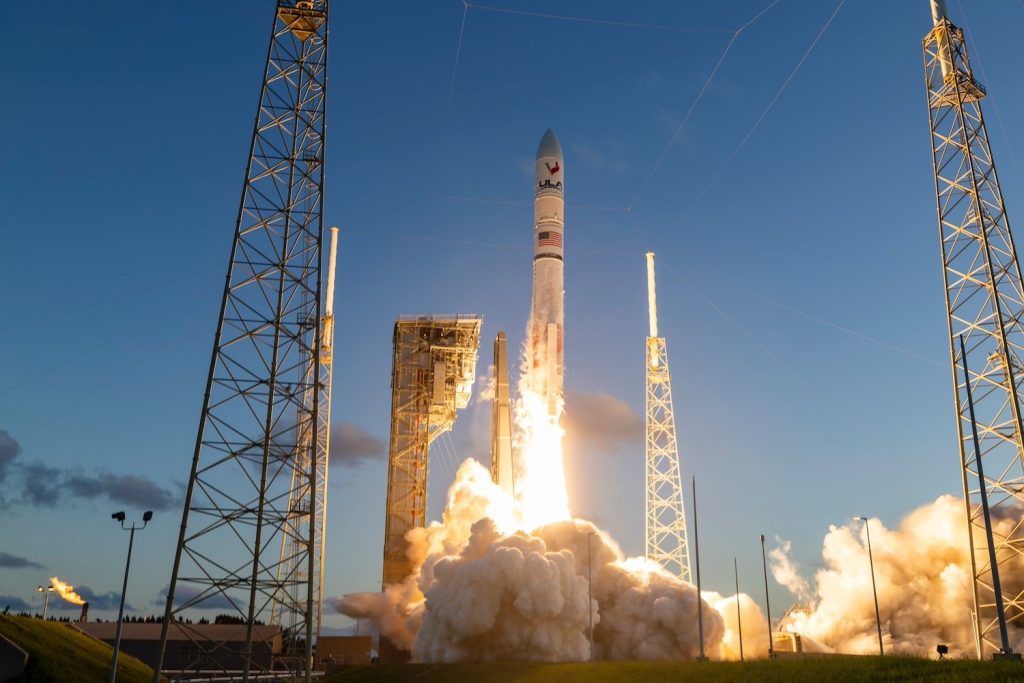
Vulcan Centaur Experiences Booster Anomaly During Test Flight, Still Reaches Orbit (Image Credit: Gizmodo-com)
The 200-foot Vulcan Centaur rocket soared to the skies for its second test flight, pulling off a nominal flight save for an issue with one of its solid rocket boosters that tainted the early morning launch.
United Launch Alliance (ULA) launched its heavy-lift rocket on Friday at 7:25 a.m. ET from Cape Canaveral Space Force Station in Florida. The launch was delayed by nearly an hour due to an issue that interrupted the pre-launch countdown with seven minutes left on the clock, ULA wrote on X.
The rocket still managed to take off during its three-hour launch window, reaching a preliminary Earth orbit where it coasted for 15 minutes to gather data about Vulcan’s performance. The flight was mostly a success, but the rocket did experience an issue about 35 seconds after liftoff when a plume of material suddenly appeared to be coming off one of its two boosters.
ULA did not initially acknowledge the issue during the live webcast, but company CEO Tory Bruno mentioned it after the second engine burn. “We did have an observation on SRB [solid rocket booster] number one, and so we will be off looking into that after the mission is complete,” Bruno said during the webcast, SpaceNews reported. “Other than that, the flight was nominal.”
The Cert-2 mission is the rocket’s second certification flight, with the main purpose being for the U.S. Space Force to certify Vulcan for national security missions. If it succeeds in getting its certification, the rocket will carry two U.S. military payloads to orbit this year.
The mission was initially supposed to carry Sierra Space’s Dream Chaser spaceplane, but the experimental vehicle was not ready to take off just yet. Facing pressure by Vulcan’s packed schedule, ULA decided to launch its rocket with a mass simulator (a dummy payload) and other instruments, making data gathering the sole purpose of the Cert-2 mission. The rocket’s first test flight in January launched Astrobotic’s Peregrine lander to the Moon.
Since there were no paying customers on Cert-2, ULA absorbed the full cost of the launch. Now that the rocket pulled off its second test flight, the certification process will still require a few weeks, allowing the Space Force time to review the data from the launch. For the most part, the rocket succeeded in its mission, but that brief booster glitch could prompt the Space Force to take more time looking into the data from the launch, or it may even require a third test flight. That certainly would not be the outcome ULA was hoping for.
Vulcan is a mostly expendable heavy-lift launch vehicle that was first conceived in 2006, borrowing design elements from both ULA’s Atlas V and Delta IV rockets. With Vulcan, ULA is hoping to be able to compete with industry giant SpaceX, providing the growing space market with more viable options to reach orbit.
More: We Can’t Wait for These Futuristic Rockets to Finally Blast Off








